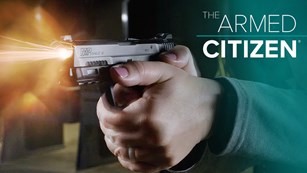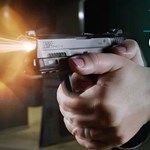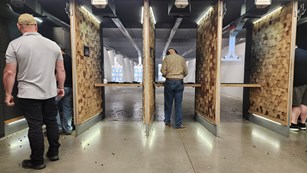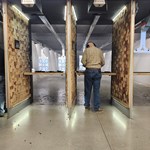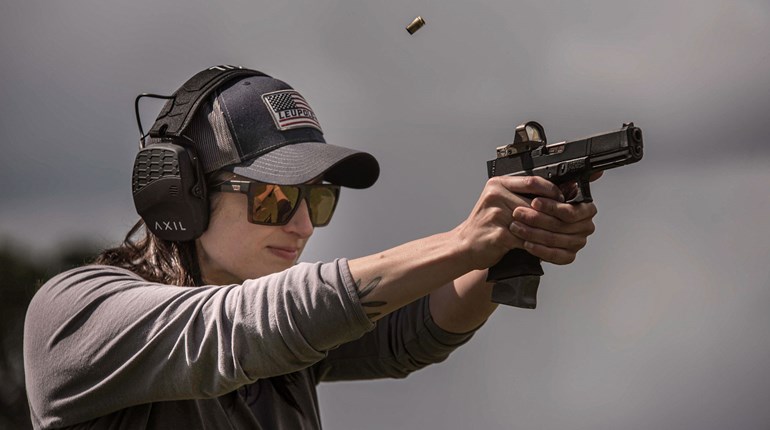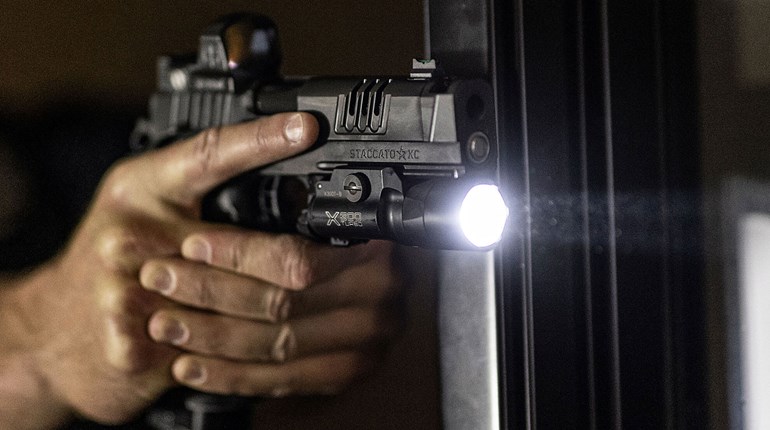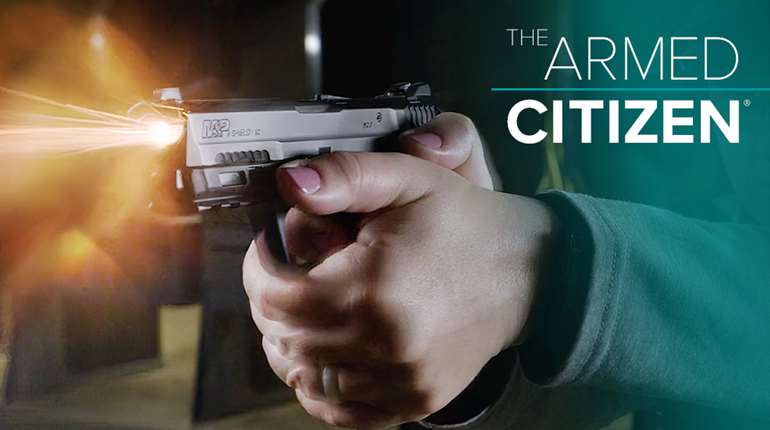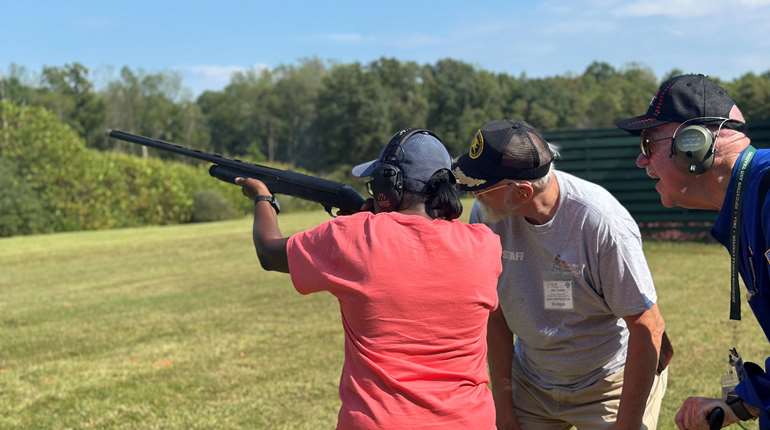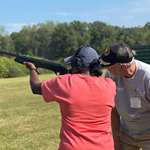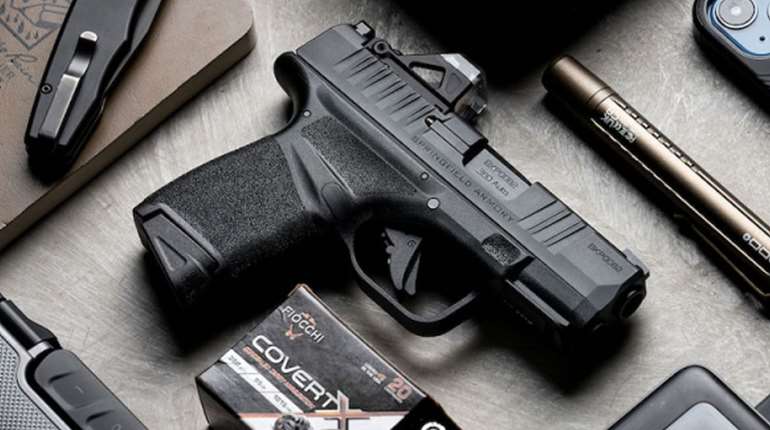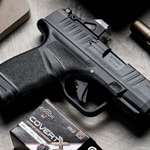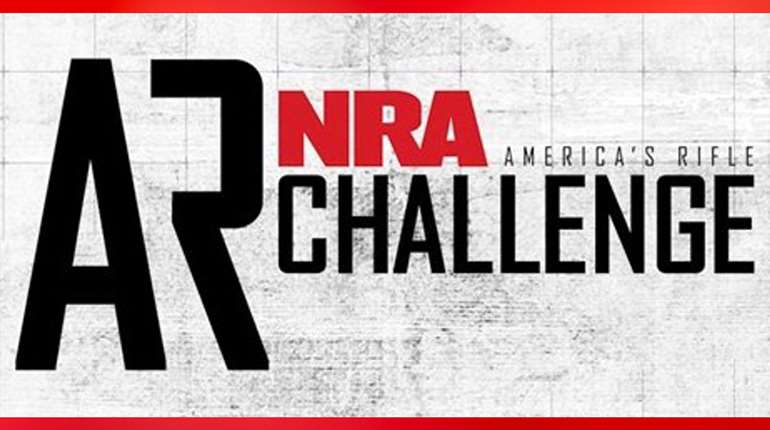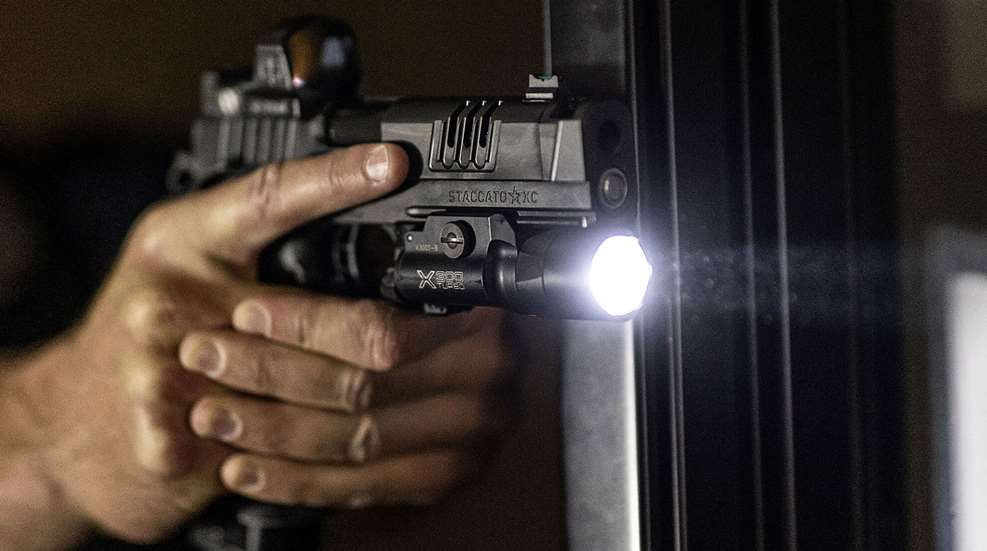
We carry guns for self-defense, and it’s a fact that a certain number of defensive situations are going to happen after dark. Whether you’re home or out and about, having a light in conjunction with your firearm will help you identify your target—an essential safety rule that must be followed before you can engage. However, there are a couple of ways to go about lighting things up: weapon-mounted lights (WMLs) or handheld flashlights. Which way should you go?
Before we answer that question, a few guidelines about lights. First, understand that WMLs and handhelds are different tools for different uses—by and large, handhelds are for gathering information, and WMLs are for engaging threats. You will need to train with whichever method you choose, and it might help you to take a low-light training course before you make up your mind. You’ll learn all sorts of things and probably discover that you prefer one over the other (or, spoiler alert, both).
Regardless of which you go with, I advise you to keep your choice of light simple. You want something bright enough to disorient an attacker—500 lumens or more is a good starting point—but keep in mind that the brighter the light, generally, the larger the light. They’ll get cumbersome after a certain point. And different colors and strobe modes might be useful for law enforcement and search and rescue situations, but you probably don’t need them for defense. The more modes and buttons and things you must learn—that is, the more complicated the light is to operate—the more training you’ll have to put into it.

Weapon-Mounted Lights
Weapon-mounted lights have a couple of major advantages and some big-time downsides as well when used on their own. For one thing, a WML is always there. Pick up the gun and you’ve already picked up your light, too; there’s nothing else to remember to grab. You’ll never be without it.
The other huge advantage is that a WML allows you to keep a normal two-handed firing grip, which will help you shoot as accurately as possible if a threat needs to be stopped. At the same time, because it’s attached to the gun, you can still light up the threat even if you’re shooting one-handed—such as if your other hand is injured or occupied handling, say, your children.
Where WMLs fall short, however, is that they only illuminate what the muzzle is pointing at. Most of the time when something goes bump in the dark, it’s not something that needs a gun pointed at it. It’s more likely to be a raccoon rummaging in a trash can, your kid going to the bathroom in the middle of the night, or the cat knocking a book off a shelf. Using your gun as a flashlight to illuminate things like this is a huge violation of safety rule #2: Never let the muzzle cover anything you’re not willing to destroy. When your only light is mounted on your gun, your information-gathering is limited. You can’t use it to check out the situation without brandishing your firearm, bringing yourself all sorts of potential social, safety and legal ramifications—which is why the answer to “which style light should I choose?” is actually “both.”
A weapon-mounted light is a great tool outside of that limitation. The only other problem is the size it adds to your gun; most models will make your gun’s footprint slightly wider or longer, and you’ll probably need a new holster to accommodate it. I don’t know about you, but I’ve put a lot of trial and error (and money) into finding a gun/holster combo I can conceal comfortably, and I’m in no hurry to go tinkering with it again. That said, on a home-defense firearm like a rifle or shotgun or a dedicated full-sized pistol, there’s no reason not to use a WML.
If you go with a weapon-mounted light, remember to check the battery periodically. Familiarize yourself with how to turn the light on—if you can activate it single-handedly without breaking your grip, all the better—and then train with it. And then train some more.
Handhelds
Remember when I said handhelds are information-gathering tools? They’re excellent at the thing WMLs can’t do—safely illuminating anything and everything. A small, bright handheld like the Streamlight Microstream is about the size of a lipstick, so it’s easy to carry, and I promise it’ll come in handy more often than you think for everything from seeing in the bottom of your purse to finding your keys when you drop them in the grass at night. That’s the beauty of a handheld light: You can light up anything you want without pointing a gun at it. Sometimes illumination is all you need to make a would-be criminal decide to just leave you alone. If you see someone loitering near your car in a dark parking lot, and you light his face up from 20 yards away and he runs off, you win.
They also let you direct the light in one direction while pointing the gun in another direction. While you as a civilian are not likely find yourself in a Hollywood-style gunfight, the fact remains that if you’re facing an armed threat, they are likely to shoot at the light. A handheld lets you direct the light (and their attention) elsewhere.
The trouble with handhelds, though, is that they have to be…well, held. There is a specific technique that lets you hold a small light with your pinkie while keep a two-handed grip on the gun, but this is still a compromised grip. Most people will hold and operate the light with their weak hand and operate the gun with their strong hand. You’ll compromise accuracy this way, and you’re forcing your brain to manage two physical objects at once—all while it’s frantically running its OODA loop under adrenaline and trying to manage the threat assessment and decision-making of it all. In addition, should you need to reload or clear a jam, you’ll have to drop the light or slow your reload down by fumbling with it.
If you choose a handheld light as your only threat illumination, you must practice with it—a lot. It’s a separate item you must deploy, so ingrain “grab the light” into your routine, and work on your one-handed grip to ensure you can shoot the gun accurately. A professional training course for this would be highly beneficial if you can afford one.
The Solution: Both
Handhelds are extremely useful in everyday life as well as in self-defense situations. They’re a jack of all trades. Weapon-mounted lights, on the other hand, are a master of one. They do one thing and do it very well: Illuminate something that needs to be shot. Handheld lights illuminate everything else.
Mounting a light on your carry gun has virtually no downside if you can work out the holster situation. They have a huge advantage in that they allow you to positively identify your target and shoot your gun with a normal, comfortable, two-handed firing grip. However, they’re unsuitable and unsafe for illuminating everything that’s not a threat, and that’s where your handheld comes in. In a pinch, it can be used for threat illumination if you are practiced with it. But ideally, the combination of WML for threat illumination and a handheld for information gathering (and everything else) is unbeatable.




